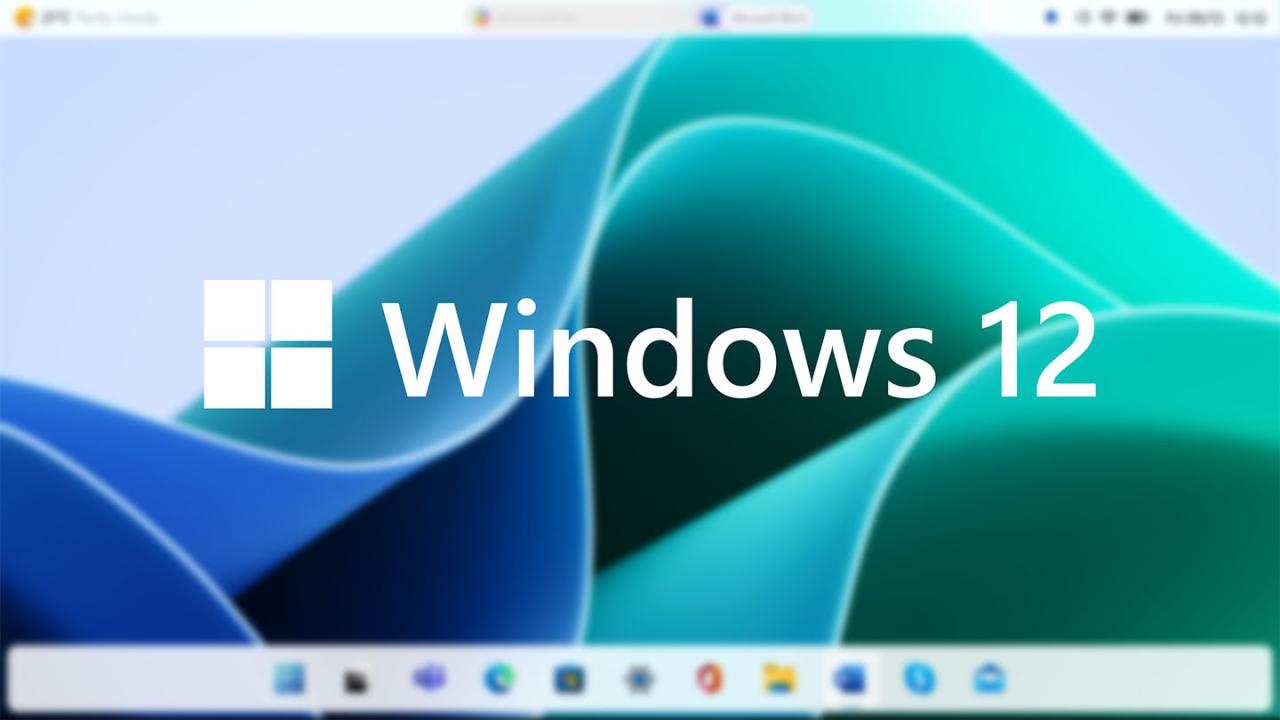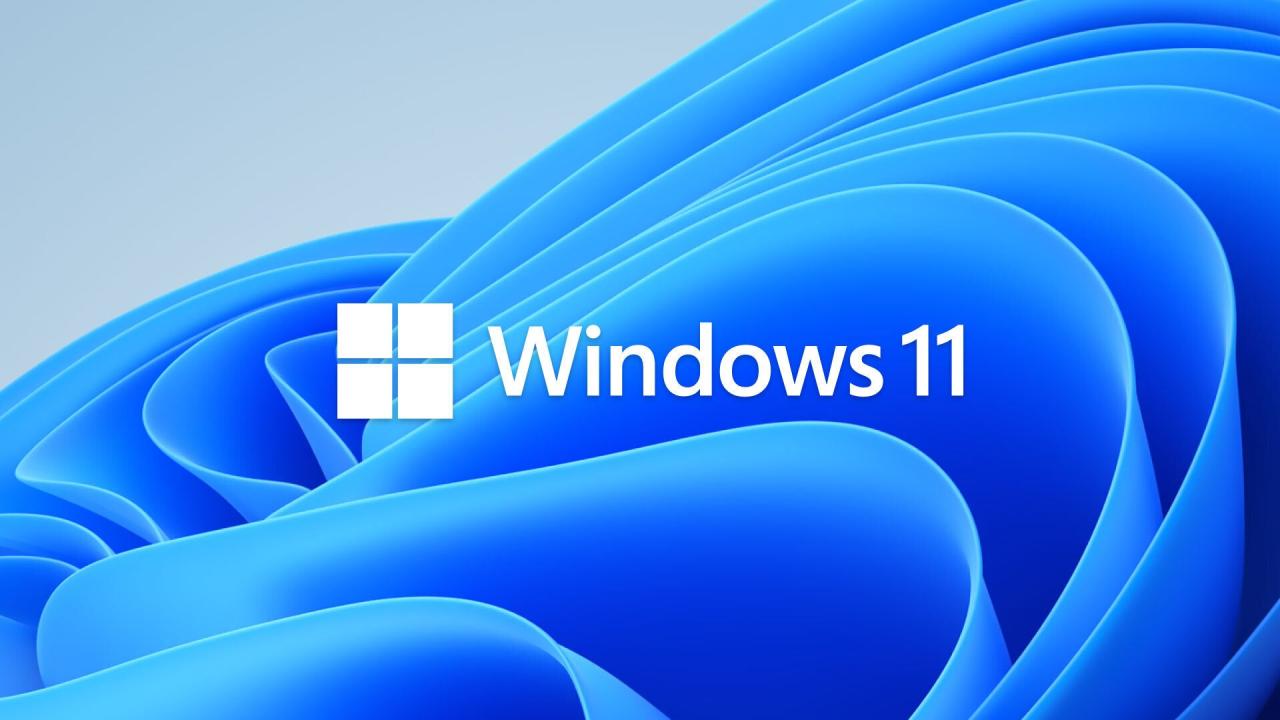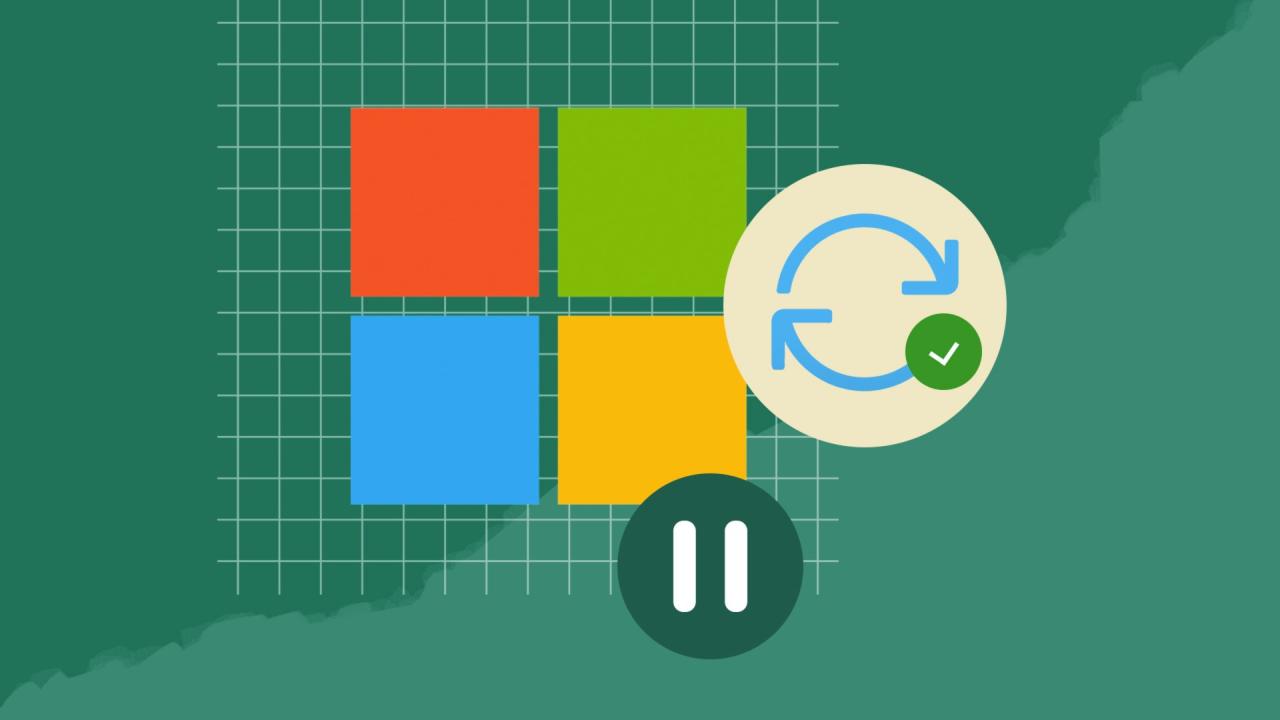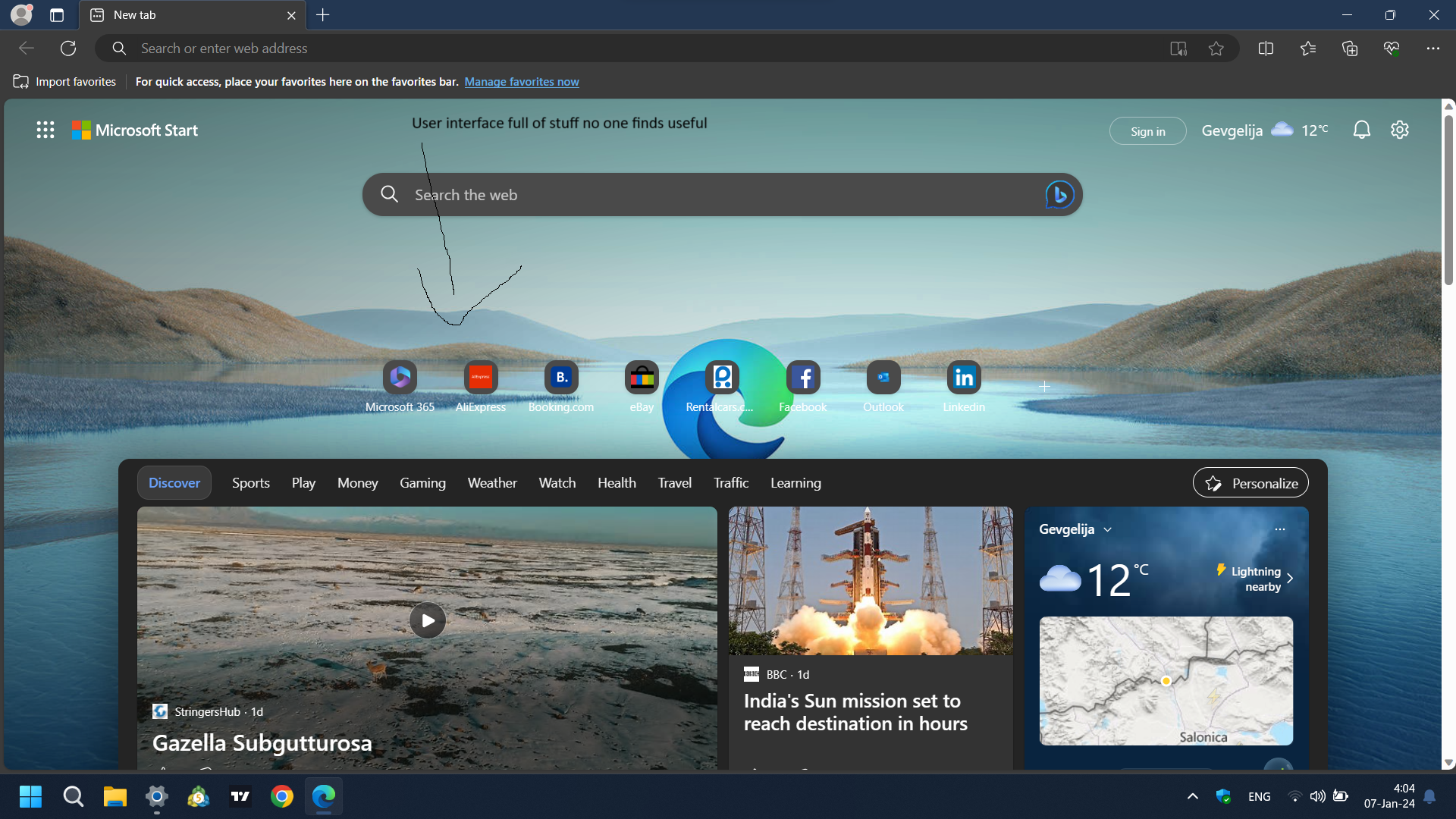Windows 12 Rumors: What We Know So Far
Windows 12 Rumors: What We Know So Far
Windows 12 is already generating significant buzz across the tech world, even though Microsoft has yet to make an official announcement. While the company continues to improve Windows 11 with new updates and AI integration, leaks and credible industry sources suggest that Windows 12 is in active development and may launch in 2025. From performance improvements and AI enhancements to UI changes and tighter hardware requirements, here is what we know so far about Windows 12.
Expected release timeline
Microsoft typically releases major Windows operating systems every three to four years. Windows 10 was launched in 2015, followed by Windows 11 in late 2021. Based on this pattern and reports from insider sources, Windows 12 could debut as early as mid to late 2025. Some suggest that Microsoft may use its annual developer event to preview the OS and launch a stable build later in the year.
It’s worth noting that Microsoft may not officially call it Windows 12. The naming convention could change to something entirely new, but for now, the tech community continues to refer to it as Windows 12 for simplicity.
Redesigned user interface
One of the biggest anticipated changes in Windows 12 is a redesigned user interface. Leaks and internal mock-ups point to a floating taskbar, a repositioned system tray, and a customizable top menu bar. These changes aim to make the system more visually modern and touch-friendly.
A more modular interface is also expected, meaning different parts of the operating system might function independently. For example, the shell, File Explorer, and taskbar could become separate modules, allowing for faster updates and fewer crashes when one part fails.
AI integration at the core
Windows 12 is rumored to feature deep artificial intelligence integration throughout the system. Microsoft has already introduced Copilot in Windows 11, which acts as a smart assistant powered by OpenAI technology. In Windows 12, this Copilot could become a core component of the operating system rather than a side feature.
AI features might include smart window management, intelligent search across local files and the cloud, voice-based control, real-time language translation, and context-aware suggestions. Microsoft is expected to integrate machine learning models that optimize performance based on how you use your PC.
Modular architecture with CorePC
Another major change could come in the form of a new underlying architecture called CorePC. This design would allow Microsoft to tailor the OS for different types of devices, from high-end desktops to budget laptops and tablets.
With CorePC, updates would become more efficient and reliable. The system would use read-only partitions for core files, preventing corruption and allowing for faster updates. This also means better system rollback options if something goes wrong during an update or software install.
Improved performance and battery life
Performance optimization is always a priority in new operating systems, and Windows 12 will be no exception. Microsoft is expected to focus on improved memory management, faster boot times, and better use of system resources.
For portable devices, battery life could get a significant boost. AI-driven power management could adjust background tasks dynamically based on usage patterns, reducing power consumption without affecting performance. Gaming PCs and workstations will likely see improvements in GPU scheduling and CPU thread distribution.
Advanced support for ARM and new chipsets
With the increasing popularity of ARM-based devices like the Surface Pro X and Snapdragon-powered laptops, Windows 12 is expected to offer better native support for ARM architecture. The OS could be optimized for upcoming chipsets such as Qualcomm’s Snapdragon X Elite, offering improved emulation for x86 apps and better overall efficiency.
This move aligns with Microsoft’s long-term goal to make Windows platform-agnostic and capable of running seamlessly on a variety of hardware configurations, including both Intel and AMD x86 chips and ARM processors.
Stricter hardware requirements
Just as Windows 11 set new standards by requiring TPM 2.0, Secure Boot, and relatively modern CPUs, Windows 12 may raise the bar further. Rumors suggest it could require a minimum of 8 gigabytes of RAM, an SSD instead of a traditional hard drive, and newer-generation processors.
These requirements aim to improve overall user experience and security, but they may leave older systems behind. This could lead to a situation where users of older PCs are forced to stick with Windows 11 or seek alternative lightweight operating systems.
Enhanced gaming experience
Windows 12 is also expected to bring new features specifically designed for gamers. These may include improved integration with DirectX 13, enhanced Auto HDR, better latency management, and smarter GPU scheduling. Cloud gaming integration with Xbox Game Pass and improved support for high-refresh-rate displays are also on the table.
With Microsoft’s increased investment in gaming and Xbox, the next version of Windows will likely position itself as a powerful platform for both casual and competitive gamers.
Cloud services and AI security
Windows 12 may introduce deeper integration with Microsoft’s cloud ecosystem, including OneDrive, Teams, and Azure-based services. This could make cloud backups, sync, and real-time collaboration more seamless. There may even be features that allow a hybrid desktop experience, where part of your system is managed in the cloud.
Security will also likely take a leap forward. With AI-driven threat detection, smarter firewall behavior, and enhanced biometric login systems, Windows 12 could offer a more secure and adaptive operating system. Privacy features might allow better control over what data is used for AI training and recommendations.
Subscription models and monetization
Another possibility is that Windows 12 could be tied to a subscription model for certain features, especially advanced AI tools and cloud storage. While a traditional one-time license will still likely be available for most users, Microsoft may push more aggressively into offering Windows as a service through its Microsoft 365 platform.
This would align with how many software companies are moving toward recurring revenue models and could offer continuous access to premium features, advanced support, and exclusive tools.
What users are asking for
In online forums and feedback hubs, users have expressed their hopes that Windows 12 will fix many of the criticisms leveled at Windows 11. These include inconsistent UI elements, lack of customization in the taskbar and Start menu, bloatware, and unnecessary ads in system apps.
Many power users are also requesting better multi-monitor support, tabbed File Explorer improvements, and a return of useful features from Windows 10 that were removed in Windows 11. If Microsoft listens closely, Windows 12 could become one of the most refined operating systems to date.

Final thoughts
Windows 12 is still under wraps officially, but all signs point to it being a major leap forward. From UI design and modular architecture to built-in AI and optimized performance, the rumored features indicate Microsoft’s desire to make Windows more modern, intelligent, and adaptable.
Whether it launches in 2025 or later, users should expect Windows 12 to cater not only to traditional desktop environments but also to new and emerging hardware platforms. As we get closer to a confirmed launch, the official details will reveal how many of these rumors hold true. Until then, Windows 12 remains one of the most anticipated tech releases on the horizon.

With years of experience in technology and software, John leads our content strategy, ensuring high-quality and informative articles about Windows, system optimization, and software updates.











![7 Common Windows 10 Errors And How To Fix Them [2020] - TechDipper](https://windows12download.com/wp-content/uploads/2023/04/Windows-10-Errors-300x169.jpg)

Post Comment
You must be logged in to post a comment.